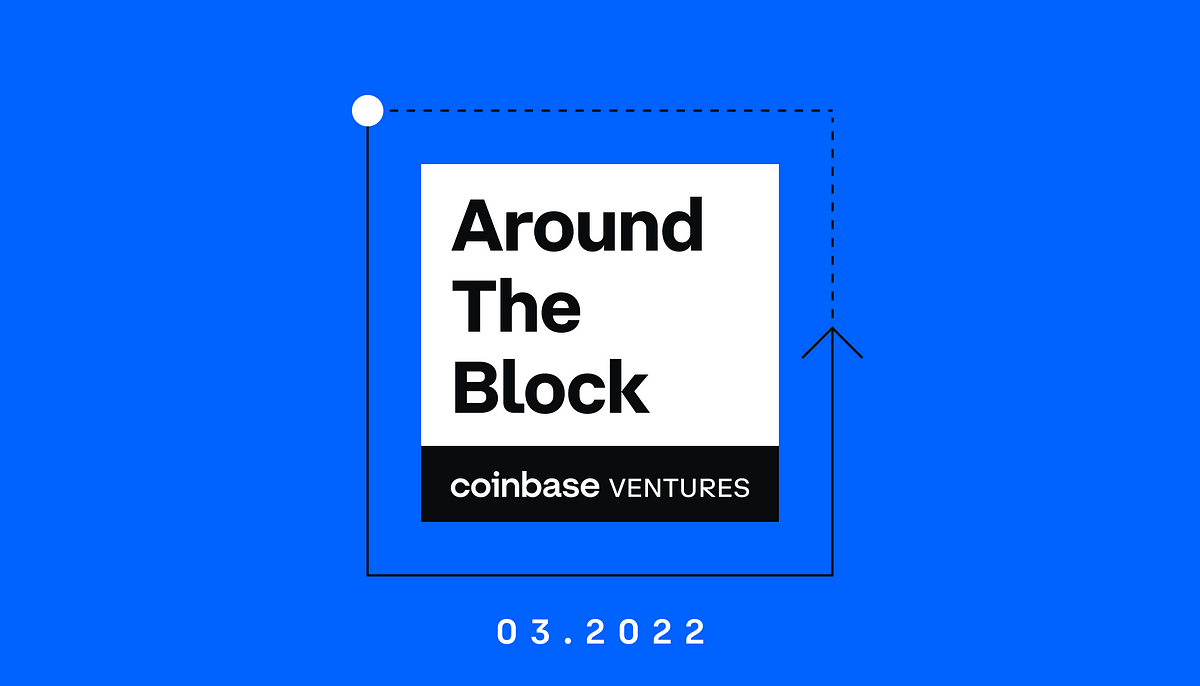ETH Denver Ventures Conclusions
 ETH Denver Ventures Conclusions" title="ETH Denver Ventures Conclusions" />
ETH Denver Ventures Conclusions" title="ETH Denver Ventures Conclusions" /> [ad_1]
The last time ETH Denver was held in person, ETH's market cap was $$30 billion, DeFi didn't have its peak in the summer, and few people outside of the 6,000 attendees knew what an NFT was. Fast forward to 2022 and 10x the market cap of ETH, the rise of NFTs, a resurgence of the DAO and a year in which Ethereum did more transactional volume than Visa, a record crowd of 12,000 in Colorado was met with an all-out energy. different.
What was historically an event for hackers and coders has received an infusion of artists and creatives, as well as a governor, a former presidential candidate and a heavy dose of EDM – a reflection of the growing awareness of Ethereum and cryptocurrency in the mainstream.
Despite the new faces, ETH Denver maintained their authentic quirky disposition, complete with bright neon colors and Vitalik dressed like a “bufficorn”. In addition to a loner Doge Lambothe main event was virtually flash-free and still felt authentically Ethereum.
Participant's feeling
Even amid a market drop of 50% from late November highs and multi-hour check-ins in the freezing cold, builder energy was through the roof. Where Ethereum was still gaining ground during last ETH Denver, this year's event featured heavy discussion on all the new verticals thriving today: DeFi, NFTs, DAOs, gaming and more.
It also became apparent how much private capital is still flowing into the cryptocurrency, undeterred by macro market headwinds: with seed stage deals spiking at a low of US$ 50m and seed token rounds reaching US$ 100m+ ( no need for code uploaded), one could also argue a lot of. In either case, it's clearly a builder's market.
royal policy
In addition to the enthusiasm of investors and builders, there was also a notable presence from traditional politicians: most notably, Colorado Governor Jared Polis and Andrew Yang of the Forward Party. With the growing popularity of cryptocurrencies and Web3, it appears that many in government are seeing the silver lining in embracing this emerging constituency.
In addition to posing with Vitalik, Governor Polis announced during the conference that Colorado will accept cryptocurrencies as payment of taxes, in addition to making Colorado, “the first digital state” with favorable regulations for the cryptocurrency economy. This mirrors the positions of other cryptocurrency governors such as Francis Suarez of Miami and Eric Adams of New York.
In a surprise appearance, Andrew Yang took the stage with David Hoffman of Bankless, sharing his thoughts on why Web3 represents “the greatest anti-poverty opportunity of our time.” His appearance came on the heels of his Lobby3 initiative, which will advocate for careful regulation in Washington to support cryptocurrency innovation.
All the while, Biden's executive order on cryptocurrency regulation loomed large (however, if you bumped into CoinCenter's Neeraj, he would have told you that the EO is nothing to panic about). In any case, it is clear that cryptocurrency has entered the forefront of American political discussion.
NFT Mania
In addition to bullish builder sentiment, private investor foam and political participation, NFTs were everywhere in Denver. NFT art installations, musicians performing with their NFTs on display and some events even requiring NFTs to gain entry (shoutout ecodao).
Proof of Attendance Protocol (POAP) NFTs, which give people digital souvenirs commemorating attendance at a particular event by scanning a QR code, have been particularly widespread. The inventive ways that different projects have found to engage through POAPs suggest that they could be the next use case for the mainstream cryptographic community.
If you were mingling at any of the NFT-centric events, chances are you bumped into an ex-FAANG employee freshly joining the NFT space. A sign that despite the macro market downturn, the NFT craze is still in full swing and the brain drain from Web2 to Web3 continues.
DAObt signals
After a year in which ConstitutionDAO captured global attention, DAOs have regained much of the cryptocurrency spotlight. The conference booths were filled with DAO infrastructure construction projects and discussions on how decentralized autonomy can reconnect the world were prevalent.
While the DAO's enthusiasm was evident, many noted that DAO participants were beginning to show signs of fatigue with many DAOs struggling to retain contributors. Joseph Delong, the former CTO of SushiSwap who left the decentralized project, gave a memorable talk on why DAOs simply need more structure to be effective (also discussed in our recent podcast with Julia Rosenberg of Orca Protocol).
With over 1 billion in startup capital for DAO tools and less than 200 DAOs, the question arises: is there enough DAO to go around?
The long-term outlook for DAOs looks bright, but the industry is still struggling with exactly how DAOs should work. Given that there is no standardization around the DAO operation, it is difficult to know what tools do they really need. As such, the DAO infrastructure sector is likely to see a lot of turmoil in the short to medium term.
the merger
After years of elaboration, experts have stated that Ethereum's transition to proof-of-stake should happen in the second or third quarter of this year. As a quick refresher, the Ethereum PoS chain (the beacon chain) has been operational since December 2020, however all applications still live on the proof-of-work chain. The merge basically consists of migrating these applications to the PoS chain.
As such, the merger was a major talking point for developers this year. If all goes well, ETH holders won't need to do anything, but developers and infrastructure providers are in readiness mode. This includes running testnets and performing tests in anticipation of the real thing.
The Ethereum ecosystem is making a big bet on PoS in conjunction with Layer 2 scaling solutions (rollups). In a post-merger world, Ethereum will transition to become a settlement tier for large transactions, while most user activities are pushed to tier 2. This will create an environment where all tier 1s support EVM will compete with ETH L2s for users and developers.
Also gearing up for the merger is the Coinbase Cloud, which powers a portion of Coinbase's ETH staking product, as well as the node infrastructure for many players in the space. Cloud developers showed up in force to host a hackathon, a variety of panels, workshops and a party for over 500 attendees. Learn more about how Coinbase Cloud is thinking about customer diversity before the merger here.
A builders market
In the days following the closing of ETH Denver, the market's decline intensified as Russia escalated the situation in Ukraine. While the cryptocurrency has recovered, markets are likely to remain unsettled given the uncertainty of the current geopolitical situation. Regardless, the teams building the next generation of Ethereum and Web3 remain well funded and construction will continue.
As evident from the greater diversity of projects and participants at this year's conference, what is built on Ethereum will continue to venture into a multitude of new and exciting directions.
[ad_2]
News Source: blog.coinbase.com
Disclaimer
All information contained on our website is published in good faith and for general information purposes only. Any action you take based on the information contained on our website is at your own risk.



